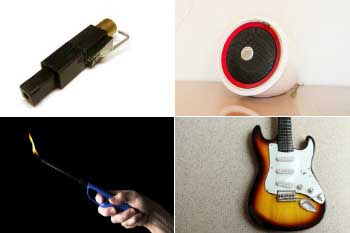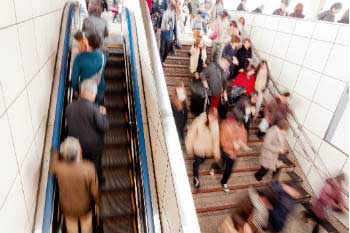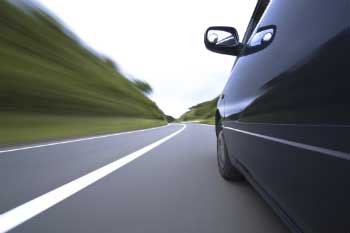What is piezoelectricity?
Piezoelectricity allows obtaining clean energy through a simple mechanism (daily actions). Do you want to know which applications are being researched?"Crystals which when subjected to mechanical stresses acquire an electrical polarization in its mass, appearing a potential difference and electric charges on its surface"
This technical, academic and unrevealing definition for those without special training in the field, actually hides what may be one of the keys to a sustainable future. We are talking about piezoelectricity, which translated into a more intelligible language is just the ability of certain materials (usually crystals, but also ceramics) to generate power when actuated, pressed or stressed.

If you are not yet clear about what it is, all you need to know is the name of a few everyday objects that work by piezoelectricity, such as electric lighters used to ignite gas cookers, electric guitars pickups or tweeters (small speakers treble).
What are piezoelectricity's sustainable applications?
Piezoelectricity allows us to take benefit out of steps when walking to generate clean energy. With piezoelectric structures located on the ground, the act  of walking over them produces electricity. This effect, multiplied by thousands of people walking on piezoelectric slabs throughout the day, allows for
of walking over them produces electricity. This effect, multiplied by thousands of people walking on piezoelectric slabs throughout the day, allows for
example a Tokyo subway station to autonomously self-produce its energy needs since each step can generate up to 7 watts of power.
Something similar happens with roads and cars. A highway where the pavement incorporates a piezoelectric system that is activated with the wheels of the cars will generate enough clean energy for lighting and light signage on the track. And the perfect sustainable circle would be that these cars were moved with clean energy.
Small-scale piezoelectricity
While the first tests are located mostly on big grounds, piezoelectricity will have an important role in smaller environments, such as homes or small business.
important role in smaller environments, such as homes or small business.
Proof of this is the little cafe Natuur Café La Porte, in the Dutch village of Driebergen, which has implemented a piezoelectric system in a revolving door. Thus, each time a customer enters or leaves the place, energy is generated and stored in a supercapacitor and then used to illuminate the entire cafe through LED bulbs.
Do you know any other uses for piezoelectricity? Tell us about it and participate in our poll.
Sources: Renovables Verdes, Repsol, Hola Luz and Tu Experto.

